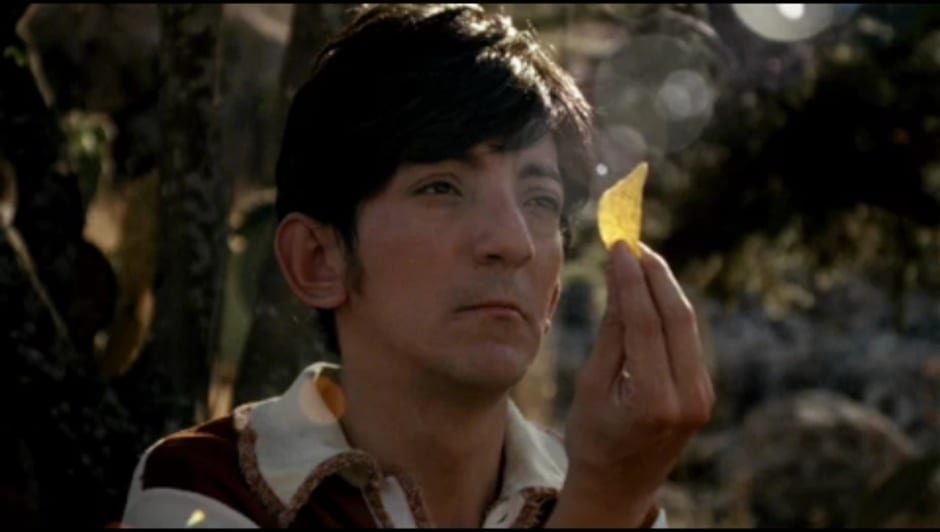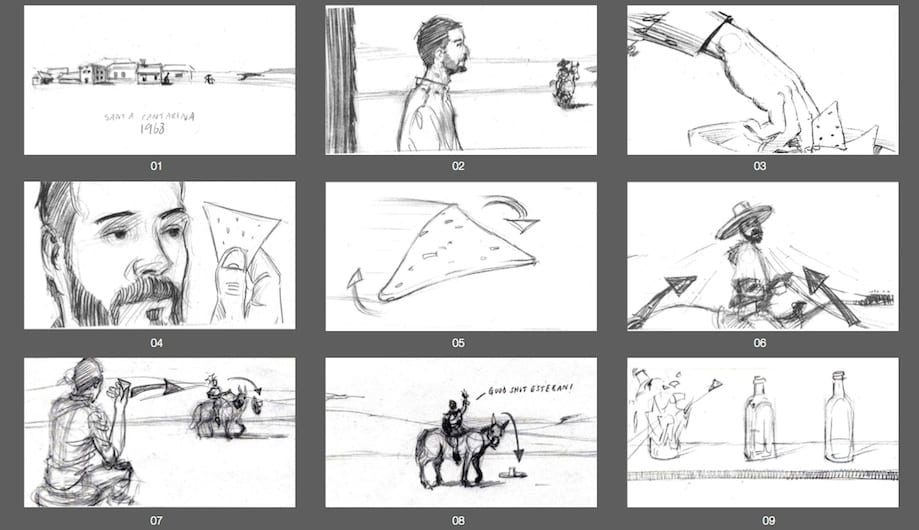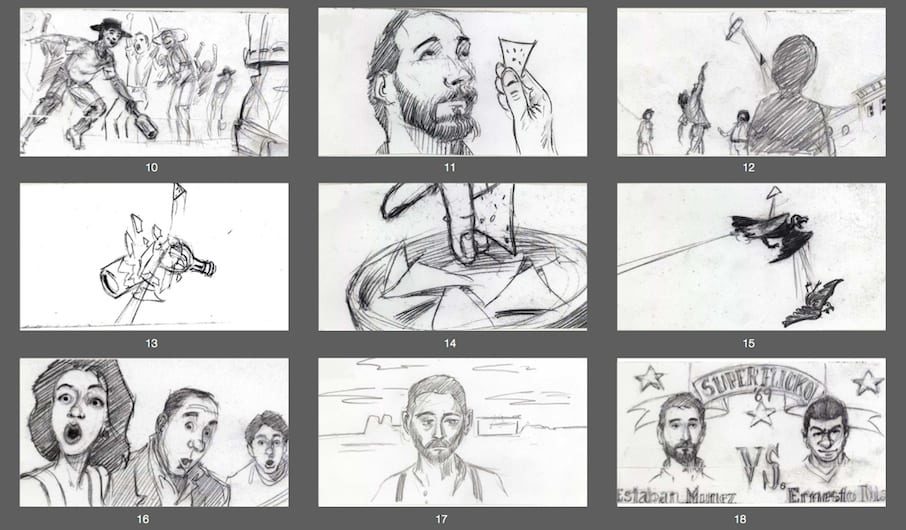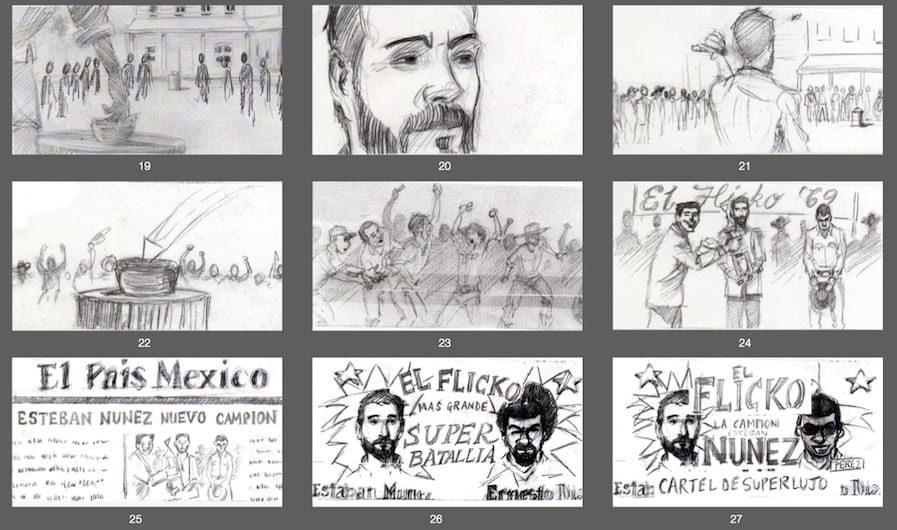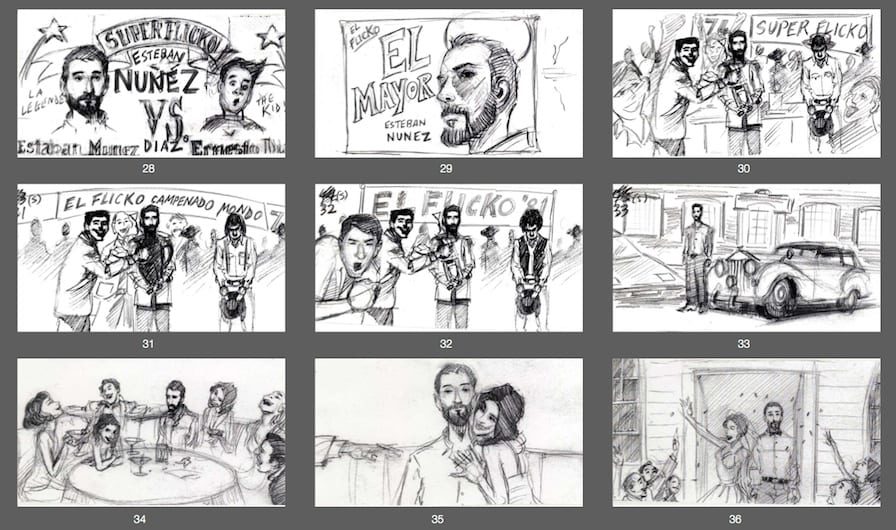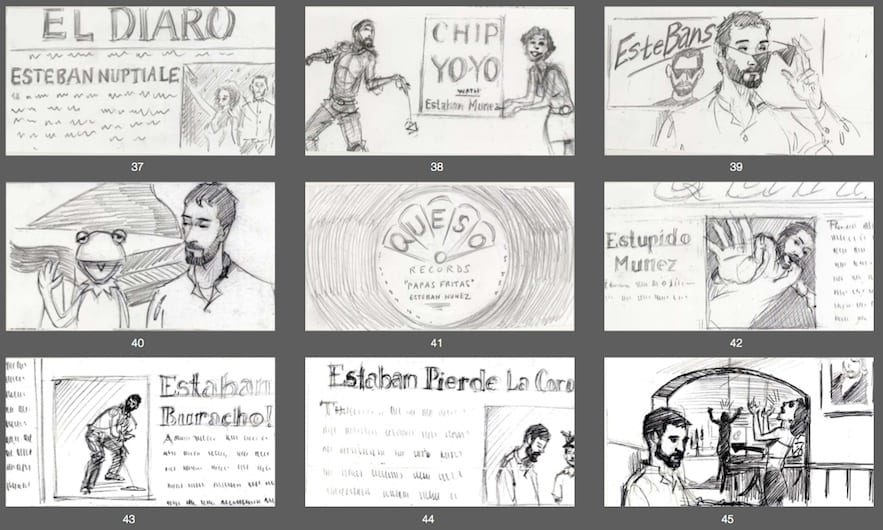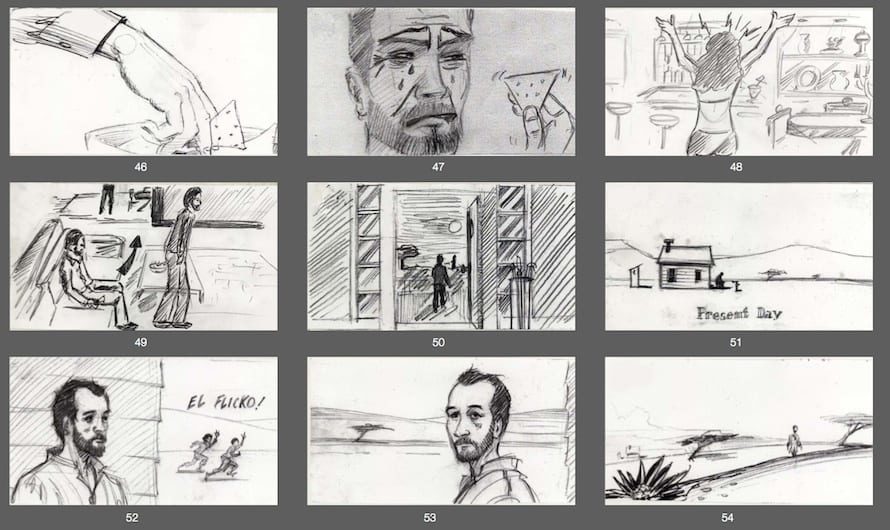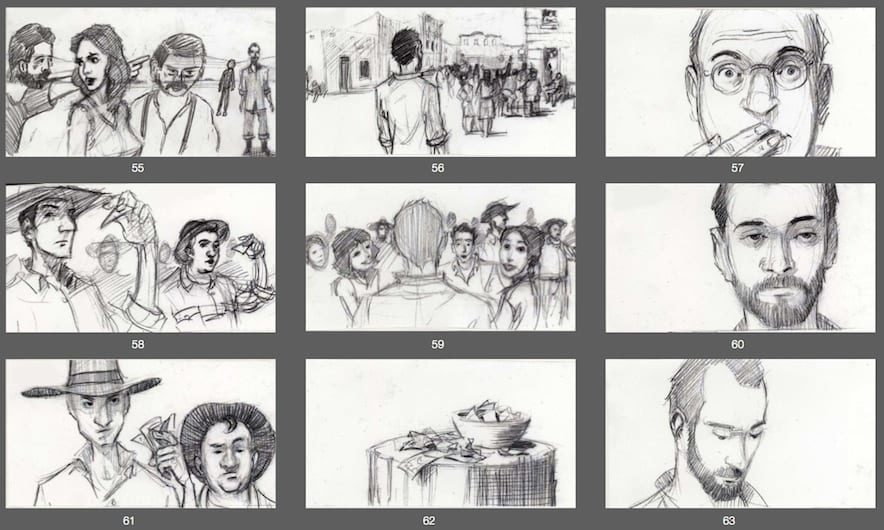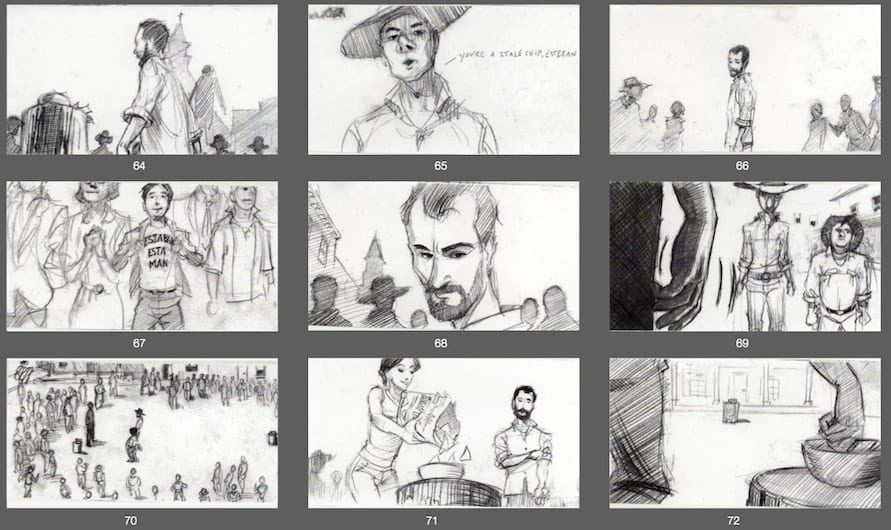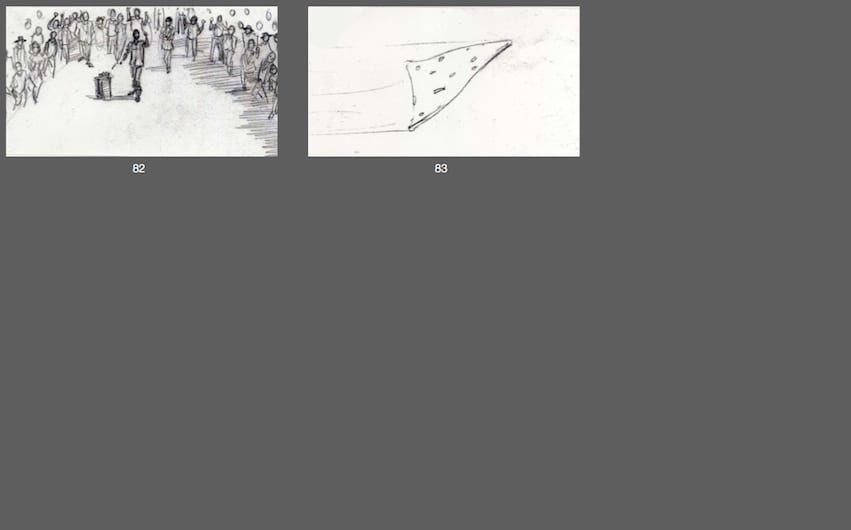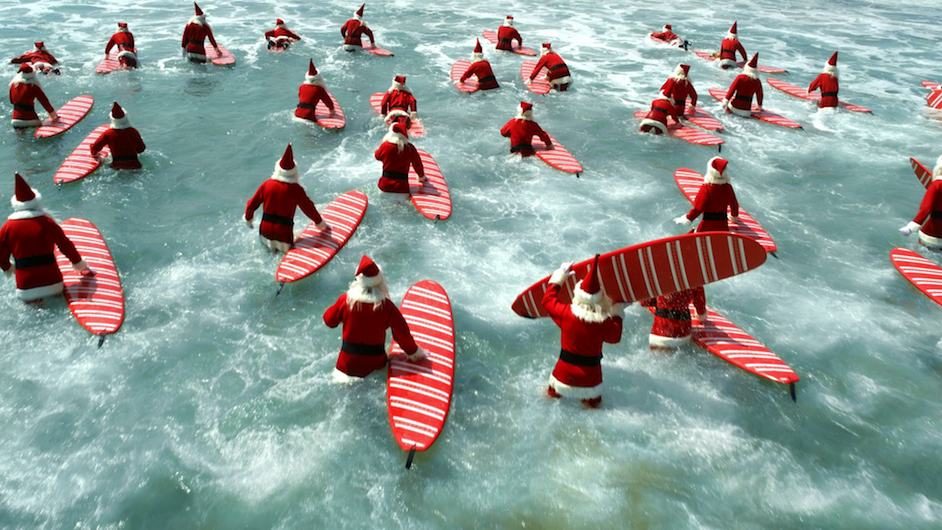How we love Esteban, the World Chip-Flick Champion 1967-1989, whose epic bio-pic created by AMV BBDO is so fabulously told in The Glue Society’s film. We catch up with director Gary Freedman
What were your immediate impressions and ideas when you first saw the brief from AMV.BBDO?
I thought this was a great opportunity to realise a familiar story in an original and humorous way.
The casting is strong, especially the chap who plays Esteban. How did you come across him?
Quite simply, I think our actor makes the film. We cast extensively in Mexico for the lead character and had originally thought that we would be casting two actors, one for the older and younger Esteban. We saw over 100 actors and I began to realise that we would have to cast one person as the requirements for the role were so specific. To find these unique heroic qualities in two people who could play the same person over 30 years wasn’t going to happen.
The guy we used originally came in for a different part but as soon I saw him I thought he was Esteban. The agency and my producer needed some convincing as he wasn’t obviously ‘heroic’ but Efraín Rosas was so physically different and his performance was so strong they all came to agree that he was by far the best option.
The obvious comparison is Sergio Leone… but personally I think there’s a lot more going on. In particular I love the way that the cinematography is so varied and is used to tell the story. For example some shots are like Westerns, others are home videos, others are cross processed, then there’s the black and white… why did you decide to play about with the cinematography in this way?
Leone was obviously a big influence on the project from the script through to the music but I tried to bring a contemporary tone of voice to the piece and not make it completely retro. We shot most of the film on old 16mm equipment using Fuji stock but the choices we made for the ‘rise and fall’ sequence had a lot to do with the budget! As we couldn’t afford a third shoot day I proposed that we tell this part of the story using still photographs and posters. When we came to actually doing it, the DP Ray Coates and I shot some live action on the Canon 1D which we treated in post using different digital techniques to recreate different parts of his life in the time in which they were set.
Where did you shoot the spot and what were the best (or worst!) things about the location?
We shot in a small town called Pena de Bernal which is about three hours north of Mexico City. The location, cast and most of the crew were excellent but the food there was beyond dreadful, so in time honoured fashion the agency and client just boozed their way through it. I got sick and they didn’t.
How did you balance the emotional sincerity of the story with the humour of the concept?
I think a lot of this comes from the script. In the film everything is played straight and not for laughs so the sincere moments are sincere. The humour comes from the characters doing preposterous things in a serious way.
